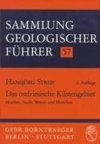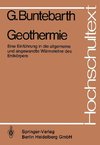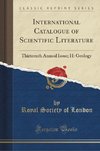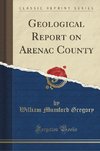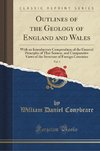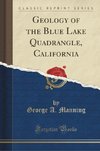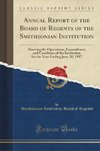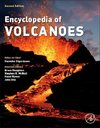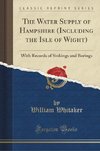
-
 Anglický jazyk
Anglický jazyk
Sedimentary Environment of the Indus River in Pakistan. How Anthropogenic Activities Impact Sediments
Autor: Khan Usman
Academic Paper from the year 2021 in the subject Geography / Earth Science - Geology, Mineralogy, Soil Science, grade: 10, National & Kapodistrian University of Athens, language: English, abstract: This paper deals with the sedimentary environment of the... Viac o knihe
Na objednávku
14.76 €
bežná cena: 16.40 €
O knihe
Academic Paper from the year 2021 in the subject Geography / Earth Science - Geology, Mineralogy, Soil Science, grade: 10, National & Kapodistrian University of Athens, language: English, abstract: This paper deals with the sedimentary environment of the Indus River in Pakistan and the question of how anthropogenic activities change its sediments.
Indus River is the longest river in the Asian territory, originated from Tibet Mountain northwest of Pakistan. Routed from the northern part of Gilgit and flowing to word plan area passed through different provinces and flow with sedimentary flux connected with many small and large tributaries tectonically the birth of the rive due to collision of Indian and Eurasian plate that are called Indus suture Plains zone (ISPZ). The main geology composed of igneous and metamorphic rock. The river passed in the various climatic zone with different regions mostly climate is subtropics arid and sub arid to subequatorial. The northern area mostly coved by monsoon system variation of seasonality takes place in the month of May to Oct high flow with increase sedimentary flux special in monsoon time. Anthropogenic activities locally and widely in terms of construction of dams water canals for irrigation purposes, mining exploration, and industries and factories all flux flow in different tributaries impacted on physical and chemical behaviors of the sediments. The primary impact of anthropogenic processes is the reworking of weathered soil smectite which is an indicator of chemical weathering and which increases in the offshore record after around 5000 years ago. This material indicates greater transport of stronger chemically weathered material and some of this may be caused by the erosion of old soils broken up by agriculture, although we also see evidence for the incision of the big rivers into the floodplain which is also driving reworking of this type of material so the signal may be a combination of the two. The dramatic change in shape and size of the sediments by colliding each other during the high charge river.
- Vydavateľstvo: GRIN Verlag
- Rok vydania: 2021
- Formát: Paperback
- Rozmer: 210 x 148 mm
- Jazyk: Anglický jazyk
- ISBN: 9783346498533
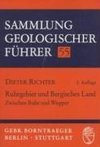
 Nemecký jazyk
Nemecký jazyk 
